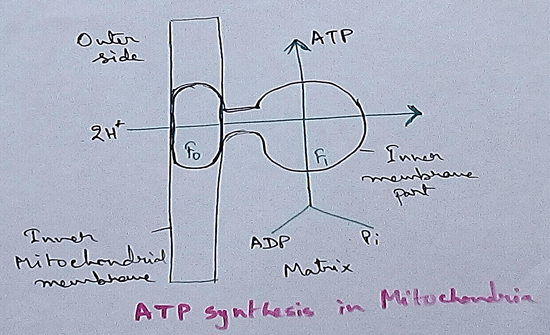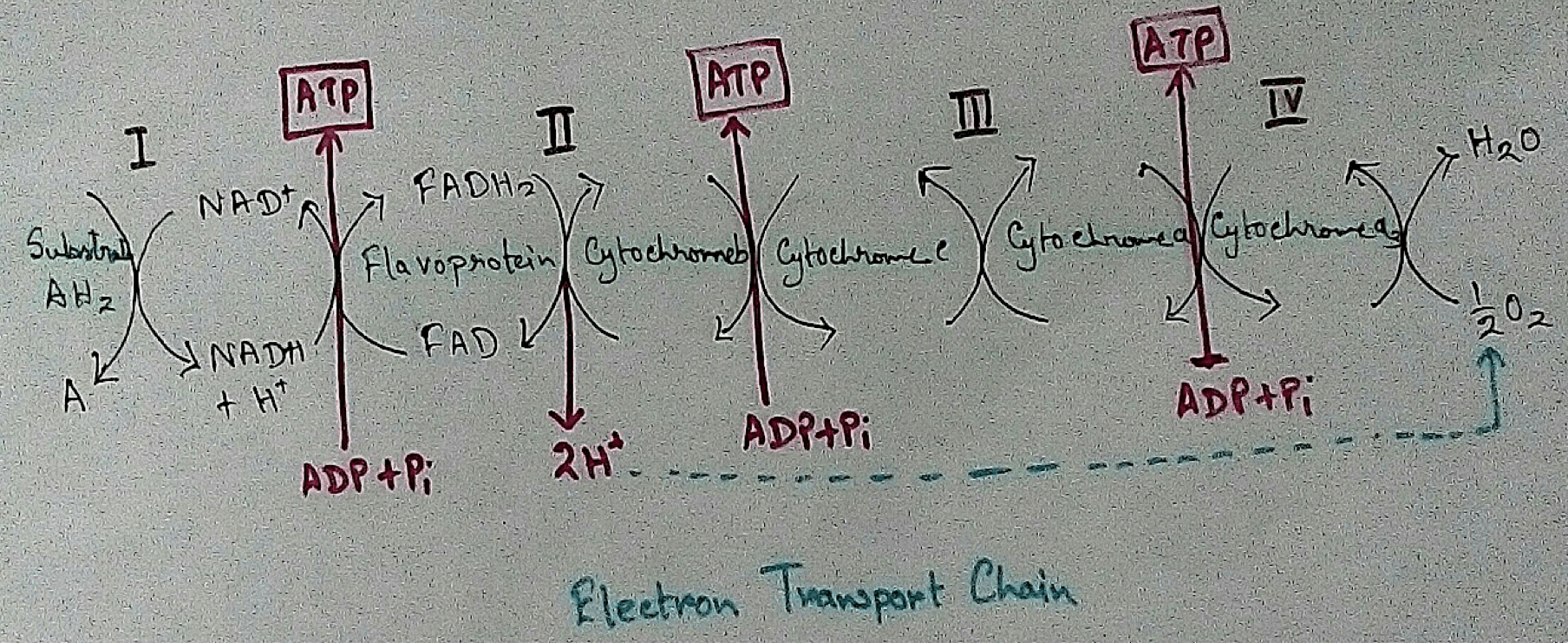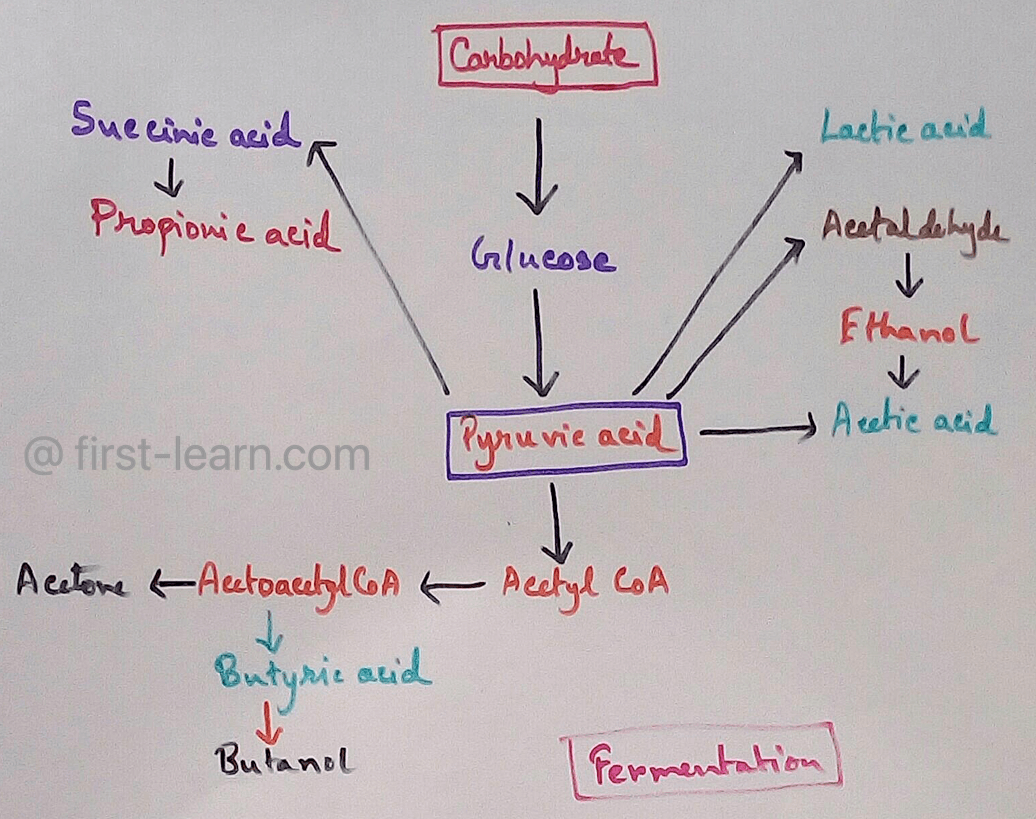Worksheet on Plant and its Different Parts
Worksheet on plant and its different parts i.e. roots, stem, leaves, flowers and fruits contains various types of questions.
I. Fill in the blanks by using the appropriate word:
Leave chlorophyll erect seeds stem flower soil prepared
(i) Roots hold the plant in the ____________ firmly.
(ii) A healthy ____________ helps the plant to stand ____________.
(iii) Greenness of the leaves is due to ____________
(iv) Most of the plants have ____________ to produce fruits and ____________
(v) Stern carries the __________ food from ____________ to the other parts.
II. Tick (√) against the true statement and (X) against the false one:
(i) Are there fine tubers in the stem of a plant?
(ii) Does some flowers too contain seeds?
(iii) Do leaves prepare food for the plant?
(iv) Are roots necessary for the growth of a plant?
(v) Does a plant get water from the soil without the roots?
III. Answer the following questions:
(i) What are the main parts of a plant?
(ii) From where does the plant get water and minerals?
(iii) What are the functions of the stem in a plant?
(iv) Where is food for the plant prepared?
(v) What is the function of roots in a plant?
(vi) What is photosynthesis?
(vii) Which substance does the plant get from air?
Check the answers of the worksheet on plant and its different parts:
Answers:
I. (i) soil
(ii) stem, erect
(iii) chlorophyll
(iv) seeds, flowers
(v) prepared, leaves
II. (i) √
(ii) √
(iii) √
(iv) √
(v) X
III. (i) The main parts of a plant are roots, stem, leaves, flowers and fruits.
(ii) The plant gets water and minerals from the soil.
(iii) The functions of the stem in a plant are that it helps the plant to stand erect. It carries minerals mixed water from roots to leaves and food from leaves to other part of the plant.
(iv) Green leaves prepare the food for the plant.
(v) The function of roots in a plant is that it holds the plant firmly in the soil and collect minerals mixed water to supply it to the stem.
(vi) Green leaves use water from the soil, carbon dioxide from the air and sunlight to make food. This is called photosynthesis.
(vii) The plant gets carbon dioxide from the air.
From Worksheet on Plant and its Different Parts to HOME PAGE
Recent Articles
-
Respiratory Balance Sheet | TCA Cycle | ATP Consumption Process
Feb 18, 24 01:56 PM
The major component that produced during the photosynthesis is Glucose which is further metabolised by the different metabolic pathways like glycolysis, Krebs cycle, TCA cycle and produces energy whic… -
Electron Transport System and Oxidative Phosphorylation | ETC |Diagram
Feb 04, 24 01:57 PM
It is also called ETC. Electron transfer means the process where one electron relocates from one atom to the other atom. Definition of electron transport chain - The biological process where a chains… -
Tricarboxylic Acid Cycle | Krebs Cycle | Steps | End Products |Diagram
Jan 28, 24 12:39 PM
This is a type of process which execute in a cyclical form and final common pathway for oxidation of Carbohydrates fat protein through which acetyl coenzyme a or acetyl CoA is completely oxidised to c… -
Aerobic Respiration | Definition of Aerobic Respiration | Glycolysis
Dec 15, 23 08:42 AM
This is a type of respiration where molecular free oxygen is used as the final acceptor and it is observed in cell. Site of Aerobic Respiration - Aerobic respiration is observed in most of the eukaryo… -
Fermentation | Definition | Types of Fermentation | Application
Nov 29, 23 10:27 PM
Definition of fermentation- It is a process that is energy yielding process of anaerobic oxidation of organic compounds which are carried out by the enzyme action of micro organisms where neither gase…




New! Comments
Have your say about what you just read! Leave me a comment in the box below.